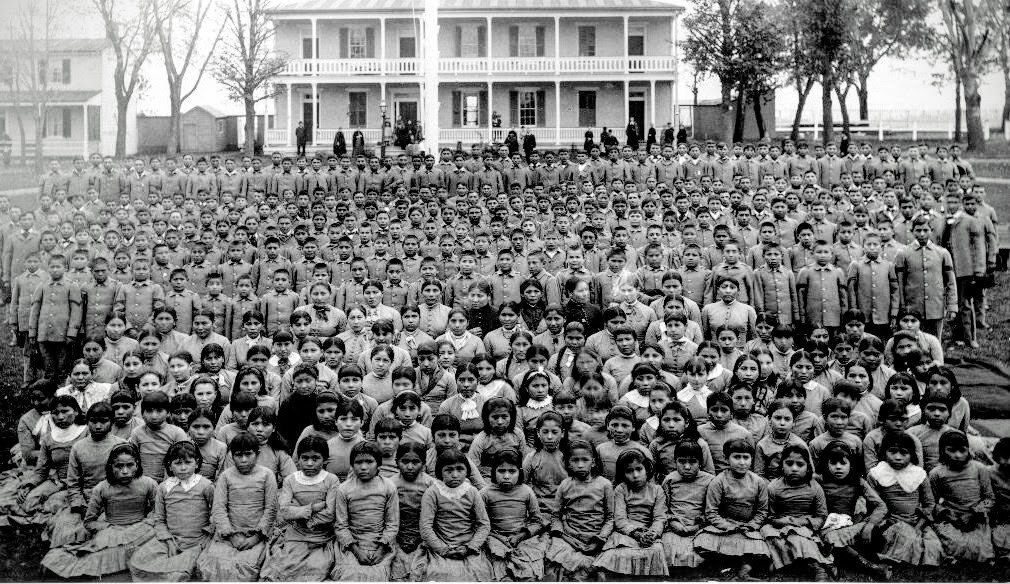Homesteading in 2020
/
Donna Crisp on Facebook page: WIlder, TN
Welcome to Spring 2020. Here I am homeschooling my children, baking my own sandwich bread and grinding cornmeal because the store’s shelves are bare. While I know a lot of history – and frankly have learned a lot of homesteading skills from grandparents that always feared we’d have to go back to those early ways – I’m feeling sorely ill-prepared. There are a bunch of places on the web where you can read all about modern-day homesteading and I’m thinking of checking out some of those sites as the hazy-future looks more like the isolation of early homesteaders than the bustling 21st century.
Tennessee Mountain Stories isn’t really about homesteading, but instead it’s about remembering those that took care of all that for us years ago. I’m prepared to re-think my focus if our quarantine extends too long.
One of my second cousins who follows me (and I’m so honored you do, Paul) from his northern home routinely pokes fun, reminding me how his grandfather my great-grandfather would have handled situations. I’ve had to admit to him that I’m not as well off as that old man who only owned one milk cow (and therefore had to hunt milk elsewhere when the cow was dry) because I’ve got no cow a’tall! As the coolers empty-out at Walmart I’m wishing I did have a little brown Jersey picking out back. I know how to milk, I can churn butter and make cheese – but these skills are worthless without the cow.
Well, I can grind my flour and meal because of an electric grain mill – here’s hoping the power stays on. I rely on my bread-maker and electric oven, but my trusted Dutch oven is at the ready should I need it. You’ve seen me make biscuits in it here and cornbread bakes just the same. I’ve always got a decent stash of dried beans – because we always eat them, although I confess I bought an extra bag.
Still, I have no idea where to find or cultivate chicory and I’m rather attached to hot coffee. Thankfully, two deer went in the freezer this winter so our protein needs will be met by that means if none other. And I saw a bunch of wild creases on the mountain this week (I’ll try to share my experience cooking those next week) so the good Lord is gonna’ take care of our vegetable needs till we can get a garden in.
I guess I say all of this to ask: Modern-day-Mountaineers, we’ve been getting ready for this our whole lives. We expected the Russians to invade and topple our infrastructure, then we prepped for Y2K or we’ve dreaded the big earthquake that would rip across Appalachia. How will we stand up to this invisible enemy? Will we dissolve into tears because Charmin isn’t on the shelf and Fruit Loops may be rationed? Or will we dig into a plate of beans and taters and praise God in His heaven for giving us the grandparents who shared this knowledge and skill?










